How eCommerce Businesses can Break into Influencer Marketing (and Why They Should!)
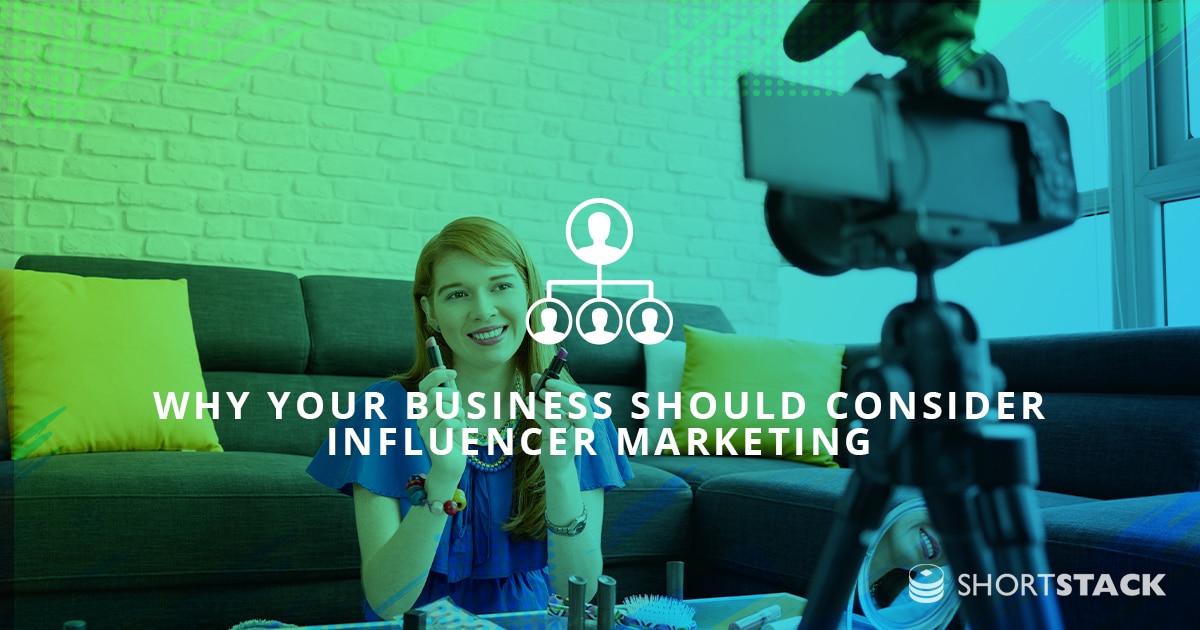
Learn how to harness the power of micro-influencers to effectively market your business and see real returns on your investment.
The word “influencer” brings people like Kylie Jenner and Huda Kattan to mind - celebrities who are paid tens of thousands of dollars for one post evangelizing a skin cream, shoes, or a new clothing label.To many, influencers are regarded as social media superstars who jet around the world looking beautiful, having fun, and getting paid to do it. This may seem like millennial nonsense to some, and a completely unattainable marketing approach for 99.9% of businesses. But in actuality, there is a major undercurrent of influencers who are folks just like you and me. These people, called micro-influencers, may not have a million followers, but have acquired a significant following by taking their hobby, art, or interest to the social media stage.By definition, a micro-influencer has between 5k and 100,000k followers, and, unlike Instagram superstars, can be the perfect medium for your business to tap into a new customer base. There’s a reason why dollars spent on influencer marketing is expected to increase by 40% annually over the next five years.
Dollars spent on influencer marketing is expected to increase by 40% annually over the next five years.
Here’s a look at how you can get in on the action by learning to build relationships with micro-influencers and see some real returns on your marketing investment.
Why micro-influencers?
In 2018, influencer marketing earned businesses an impressive $5.20 return in media value on average for every dollar spent. But if your business isn’t looking for a pie-in-the-sky promotional post by a top-tier influencer, micro-influencers are a much better bet. There are a number of reasons the “little guys” can get you more bang for your buck.They’re more accessible. As mentioned previously, micro-influencers are typically your average working Joe. If you lived in their neighborhood, you may catch them buying detergent at Target. In other words, there are no PR firms, agents, or publicists gate-keeping their DMs. Write to them! Your message will mostly likely be seen and even responded to by the influencer themselves. They have a higher engagement rate. To piggyback on my last point, micro-influencers are better about replying to comments and direct messages than celebrity posters. This is why studies have shown that engagement drops as followers increase.
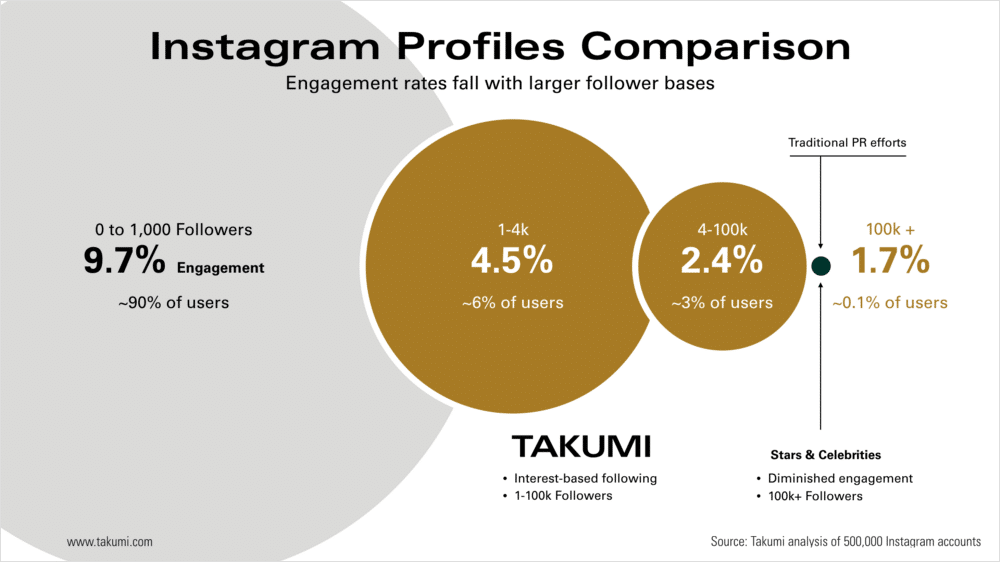
You can better target your audience. You may have heard of the influencer Alyssa Lynch. She has more than 600k followers on Instagram and does regular sponsored posts.
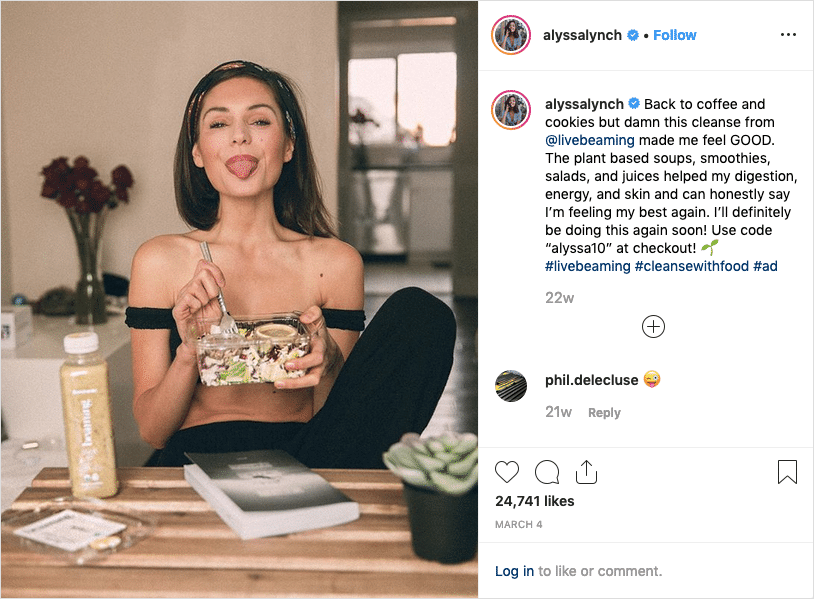
If you are a follower, or take a quick scroll through her page, you’ll see that her posts aren’t specific to a hobby, craft or discipline. This is smart on her part - she’s open to take sponsor offers from makeup brands, clothing lines, health and wellness products and more. But it may not be the smartest approach from a business’ perspective.For example, what if half of Alyssa’s audience are men? A makeup brand would get way more bang for their buck working with an influencer specific to the makeup industry. And what if your product is even more niche than that? Say your makeup products are specifically for women of color. Why pay top dollar to a major influencer when the majority of their audience may not even remotely be your audience.Collaborating with micro-influencers really allows you to hone in on those who will pique the interest of those genuinely interested in your product.
How to find micro-influencers
Your perfect influencer match may be right under your nose. So, start with the lowest hanging fruit - those you already have a relationship with. Look at the profiles of previous customers, followers, and those subscribed to your email list for people who have a strong Instagram following. There are services out there like Carro that will give you a list of Instagram profiles and tell you how they’re already interacting with your business. From there, creating a strategy of who to target is made really easy.
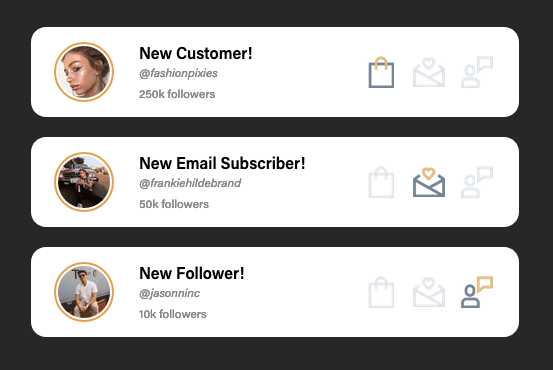
If your list of customers, followers, and subscribers has already been exhausted, or is lacking juicy leads, you can always look outside your inner circle. Search hashtags related to those who would use your business. For example, say you’re a metal fabricator creating custom metal parts and projects. You may search for a broad range of hashtags including #autorestoration, #makerspace, or even #homedecor. Take a look at some of the profiles that popup and see if any would be a good match.
How to work with micro-influencers
Once you find some Instagram profiles that are worth reaching out to, hold off on cold calling them with an offer. Perhaps start by sending some free products, or a discount code to break the ice. If an influencer is putting their name behind something, they’ll most likely want to be a little familiar with it first. Not to mention, free stuff is always a great way to make fast friends.Once you have a relationship established, there are a few ways influencers can help you promote your brand. Maybe you send them free stuff from time to time in exchange for a one-post shout out. Another popular approach is to create a discount code that is unique to the influencer that they can share with their audience.Referring to the sponsored post by Alyssa Lynch, you can see she mentions an offer code - use “alyssa10” at checkout.
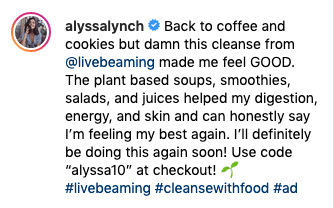
Creating a unique offer has several benefits - the code can be tracked to understand the number of conversions your influencer “influenced.” Also, often times a percentage of the sales made is sent to the influencer as payment - a great incentive for collaborators to really push your product.Another way to work with an influencer is to collaborate on a contest or giveaway. The giveaway can either be run from a post on their timeline, or on a landing page with an entry form included. A giveaway in which entries are collected using an entry form allows you to collect real data (such as an email address) from giveaway participants, which can help you with future marketing efforts.
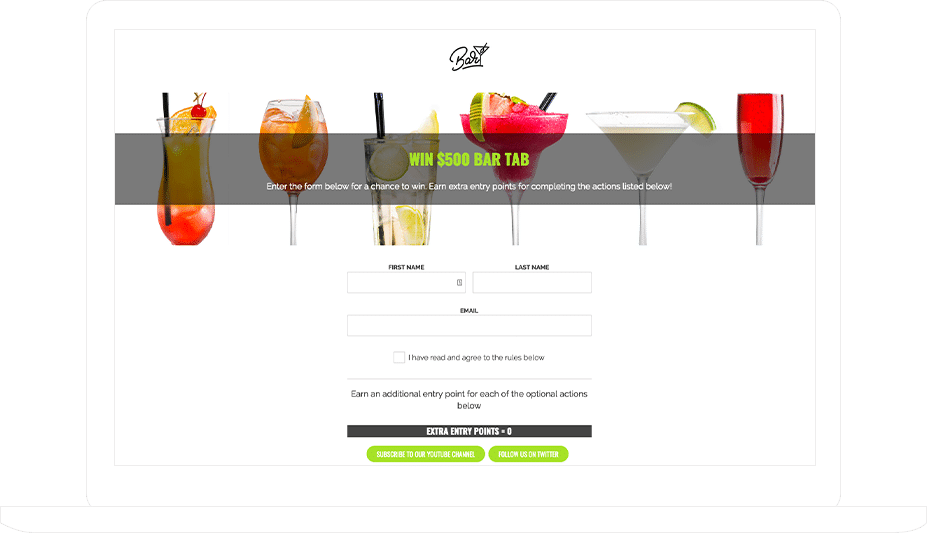
Built with ShortStack's Points for Actions TemplateView and Create Your Own]
Above all, keep it genuine
Your followers can tell when they’re being “sold to.”
We all know Michael Jordan may not be wearing Fruit of the Loom, that Danica Patrick doesn’t build her own websites using GoDaddy, and that Paris Hilton certainly isn’t rolling through the Carl’s Jr. drive thru.
Because micro-influencers don’t have the clout of superstar status, your relationship must be truly legitimate, or its disingenuousness will be sniffed out, causing more harm than good.
With influencer marketing, as with social media marketing in general, it’s best to focus on the quality of your influencer relationships.
In other words, it’s better to work with a choice few who actually use and enjoy your products instead of several who have never even tried out your stuff. By “keeping it real” your influencer relationships will be a win win for everyone involved.
Create your first contest now
Get Started Today. It’s free and we don’t need your credit card.




